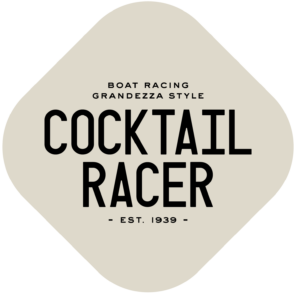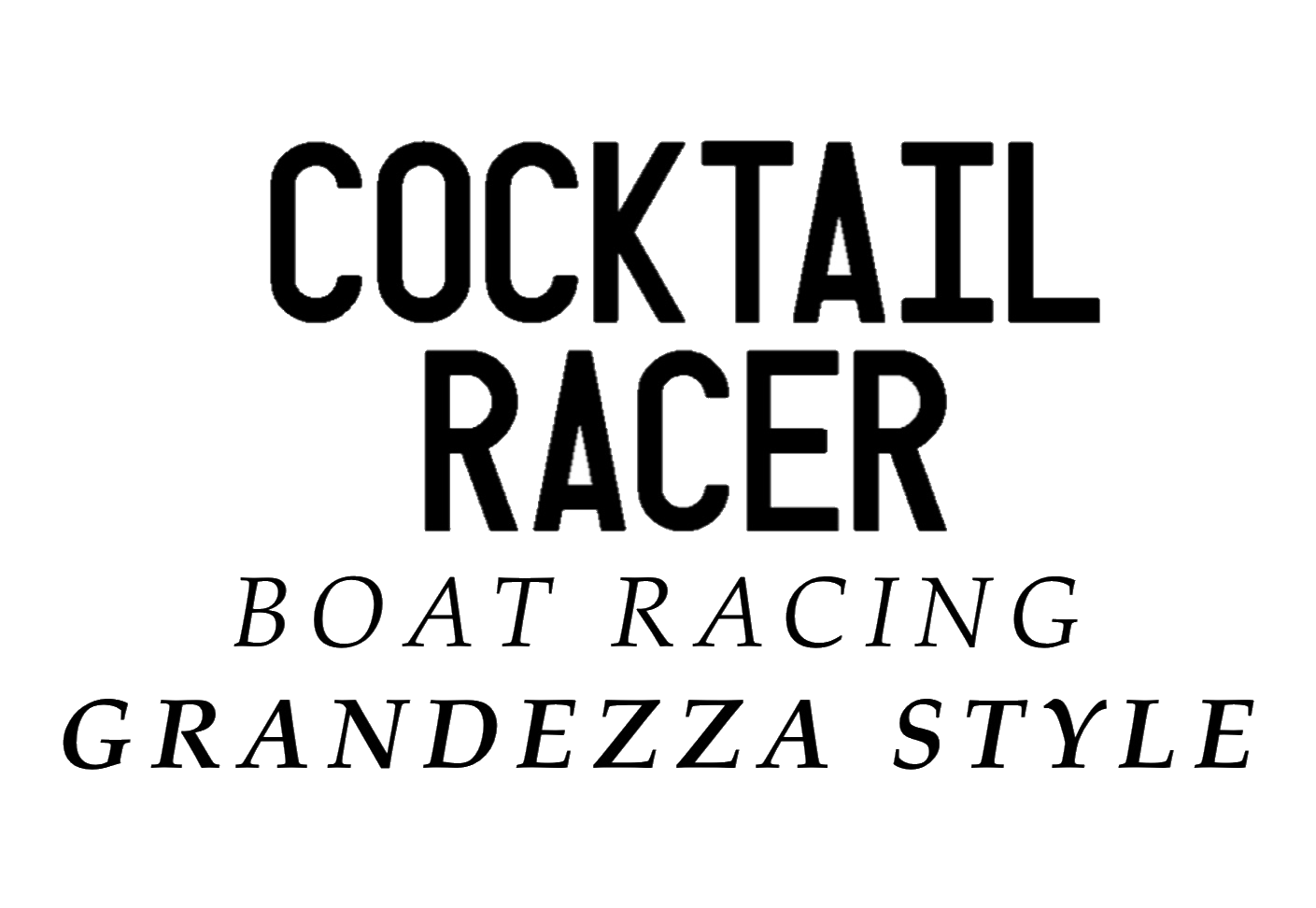the boat
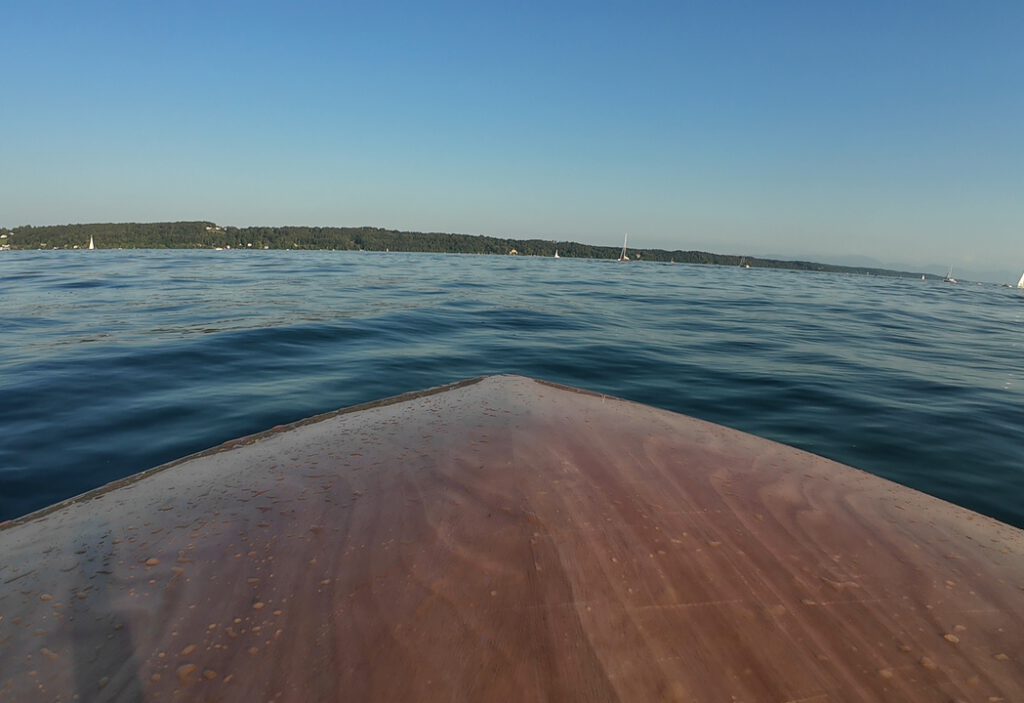
Imagine a go-kart on water. With the style of a Riva yacht. Accelerating like a Tesla and sliding like a surfboard – that is the Cocktail racer. Imagine a go-kart on water. With the style of a Riva yacht. Accelerating like a Tesla and sliding like a surfboard – that is the Cocktail racer. Riding a Cocktail Class Racer clearly is a one-(wo)man show. Smaller than some people’s bathtube (240 cm) it is designed to only cater one person. Further, it spares anything not required to race – even a seat. Wheel, engine, battery – end of story. https://www.cocktailracer.com/wp-content/uploads/2024/01/temp_video_1725882176131.mp4 Riding a Cocktail Class Racer clearly is a one-(wo)man show. Smaller than some people’s bathtube (240 cm) it is designed to only cater one person. Further, it spares anything not required to race – even a seat. Wheel, engine, battery – end of story. + + + The hull entirely made out of plywood is held together by epoxy and a hand full of srews. Convex shapes, just a small straight strip around the “cockpit” desperately trying to mimic a windshield. The bow would keep the gas tank and now in the all-electric world the battery. Without engine and battery the boat weights less than 3 crates of beer and with a fairly flat hull (yes, no fins!) it rides on the water like a surfboard. This also means body movements really having quite some impact on the driving behaviour and making Cocktail racing a pretty active kind of motor sport. + + + You basically race with 4 to 6 boats at the same time with multiple options to design the course. The full regelement you can find at CCWBRA. Depending on the engine configuration you can get as fast as 40 km/h. This might sound not crazy but imagine how this speed feels with your face like half a meter above the water line! And mastering a curve at zero gauge and without fins is what makes a champion. https://cocktailracer.com/wp-content/uploads/2024/04/First-CCR-Drone-Ride.mp4
the race

The US already has quite a vibrant racing scene. This video by Thomas McMurtrie Jr. nicely brings across, what Cocktail Racing is about. https://youtu.be/d5oBJwxMBNc You basically race with 4 to 6 boats at the same time with multiple options to design the course. The full regelement you can find at CCWBRA. Depending on the engine configuration you can get as fast as 40 km/h. This might sound not crazy but imagine how this speed feels with your face like half a meter above the water line! And mastering a curve at zero gauge and without fins is what makes a champion.
the origin

The design of the cocktail racer dates back to 1939, when boat designer Charles G. MacGregor published an article showcasing what could be done with a novel new material called ‘plywood’. It starts with: “TO THOSE who love the thrills of speed on water …” The article describes a truly puristic design where e.g., a “wheel is not necessary, but a great convenience”. MacGregor unfortunately did not give any hints why he had chosen the name ‘Skua’ for the design. But most people anyhow refer to it today as Cocktail Racer or Cocktail Class Racer. The credits for this go to 3 families in the Chesapeake area who in a sunny summer evening in 2007 – apparently over some cocktails – had the great idea to bring this design back to life and created the Cocktail Racer Class organised as the Cocktail Class Wooden Boat Racing Association with more than 100 members today. You’ll find the full story here The US already has quite a vibrant racing scene. This video by Thomas McMurtrie Jr. nicely brings across, what Cocktail Racing is about. https://youtu.be/d5oBJwxMBNc We stumbled across this fine racing class, when planning a boys-vacation spending fun time together. One of us had encountered Berger Boote in Berlin, with Lutz Berger a boat builder offering boat building workshops where you can build a boat in a week. He is the reseller of Chesapeake Light Craft, who in 2012 came out with a kit for the Cocktail Class Racer and we immediately fell in love when we saw it. And the idea was born: We want to build this boat and bring the racing class the Europe.
the vision
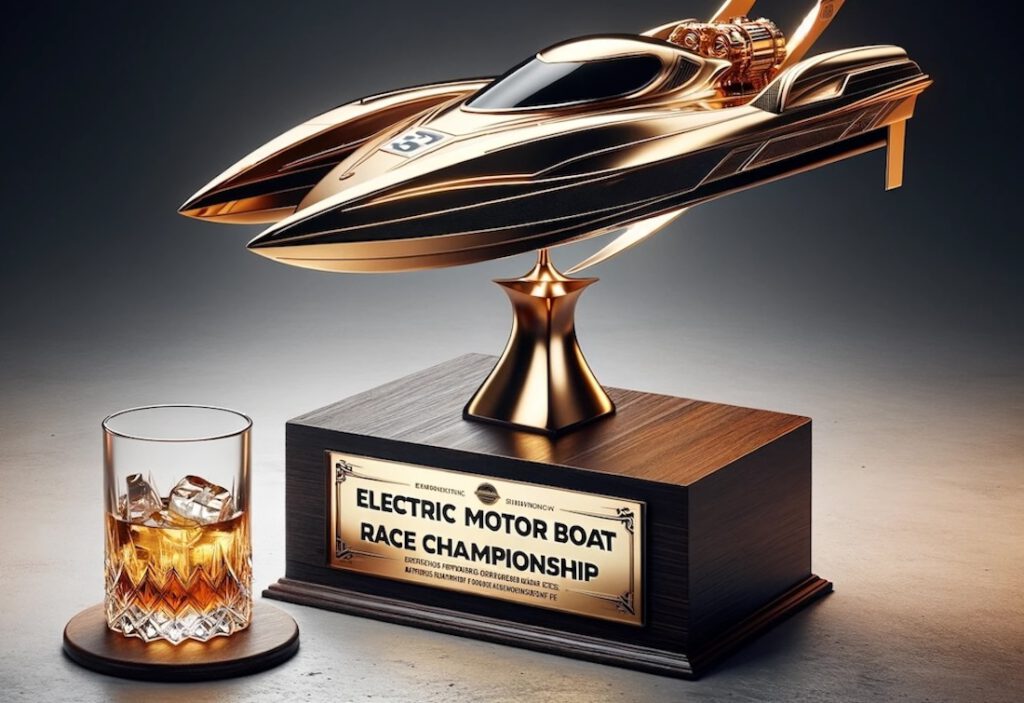
We are still in the prototyping phase experimenting with different engine and battery types, but the vision is pretty clear: We not only want to bring the class to Europe, we’ll also take it from 1939 into the future and turn it into an all-electric Cocktail Racer making it probably the first 100% emission free motor boat racing class. And needless to say – it will be also about competition as we want to have a real championship and in the end celebrating the European Champion in Cocktail Class Racing. The mission is: 100% pure hedonism.
the build
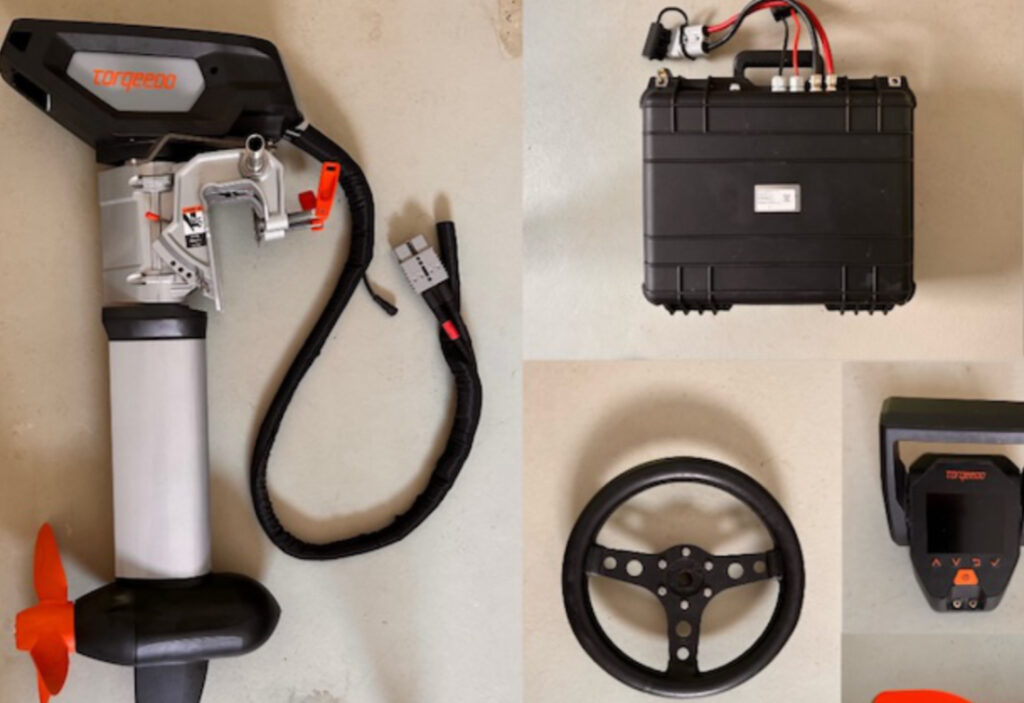
There is probably only one thing that is more special than driving an Cocktail Racer – Building one! Find below an overview of our prototype build. As you can see it is not rocket science. Within in a week you can get the body done, the sanding and varnishing you also could outsource, and then you are fairly ready to race. Step 1: The body You start stitching together plywood plates and force them into the base shape of the racer. Then it is about sealing the wood with Epoxy and strengthening the body with glass fibre. First the inside, later the outside part. Then you mount the deck and add last pieces (strip around the deck and a piece of wood to hold the engine). With good planning and some help you can get there in a week. Then you have to let the whole thing thoroughly dry for 2-3 weeks. If you haven’t built any wooden boats before it is recommended to do this with some oversight. Working with epoxy and glass fibre is not complicated, but having an expert around will simply ease your life a lot. Step 2: Sanding and varnishing The final sanding can be tedious, but needs to be done really diligently if the surface should become truly smooth and even. Before the varnishing you do it again with super-fine sand paper. The varnishing itself I outsourced to a car workshop. Theoretically you can do it yourself, but hey – you better do not mess up Step 3: Steering, Battery & Engine Now, the test & learn part started. It is was quite tedious, but the good thing is that now we know how to get it done. You’d might think in these Elonesk times finding an adequate replacement for a plain-vanilla 8hp outboard engine would be piece of cake. But it wasn’t. We started with a Torqeedo Cruise 6.0 R, a 6KW/10HP engine with 48V. For the battery we have found a great solution from e-marine.at. The tiny case weighs cute 60 (!) pounds, but does exactly fit in the front of the tiny racer. BTW: The wheel is actually a “race wheel” of an old Fiat 500 screwed on a piece of epoxied wood. Got interested? Wanna get started your own racer? Happy to help! Just get in contact with us … (fullblast@cocktailracer.com)
